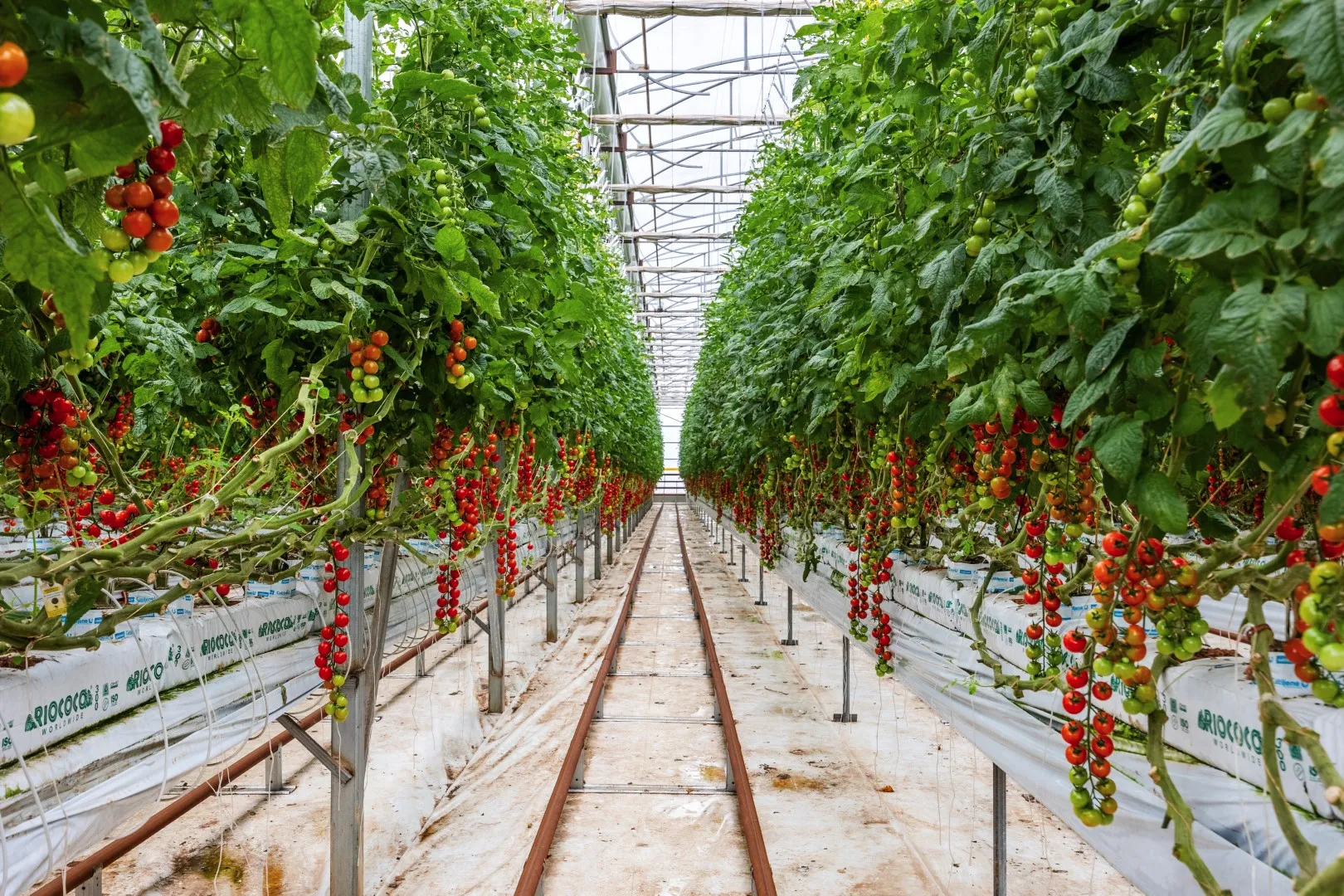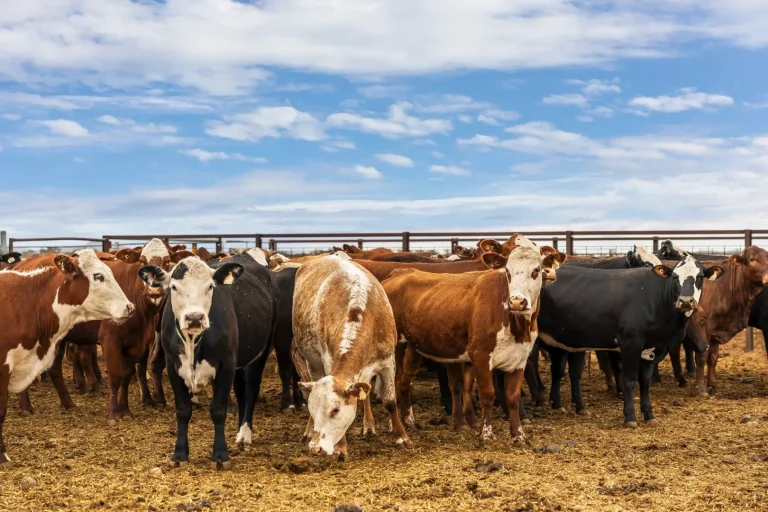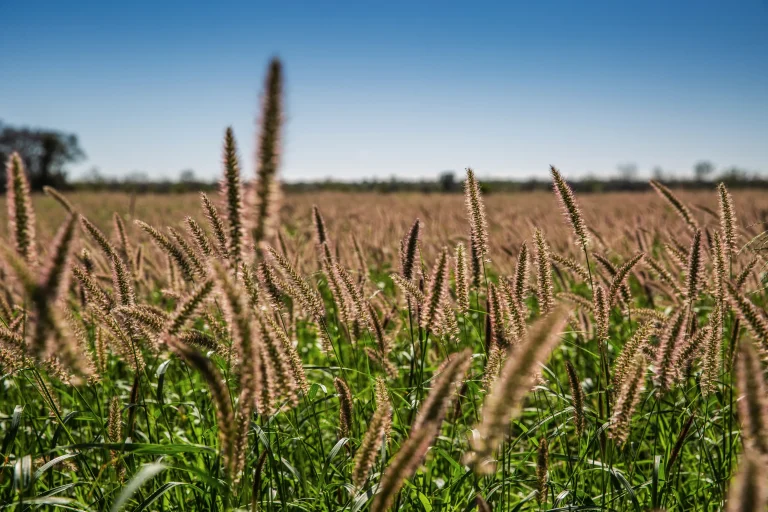Market Trends in Australia’s Crop Farming Property Sector: Complete Analysis
Introduction
Australia’s crop farming property sector continues experiencing dynamic changes that shape investment opportunities and agricultural land values across the continent. Understanding market trends in Australia’s crop farming property sector helps investors, farmers, and agricultural stakeholders make informed decisions about property acquisitions, disposals, and strategic planning initiatives.
The agricultural property market reflects broader economic conditions, climate patterns, technological advancement, and global commodity demand that influence both short-term pricing and long-term investment attractiveness. Crop farming properties represent substantial asset values that require sophisticated market analysis to evaluate effectively.
At Agribusiness Horizons, we continuously monitor market trends in Australia’s crop farming property sector to provide clients with timely insights that support their agricultural property investment decisions. Our comprehensive market intelligence helps buyers and sellers understand current conditions and anticipate future developments that affect property values.
This article examines the key factors driving crop farming property markets, regional variations in performance, and emerging trends that will shape future investment opportunities across Australia’s diverse agricultural landscapes.
Australia’s Crop Farming Property Market Foundation
Australia’s crop farming sector encompasses diverse production systems across varying climatic zones, soil types, and agricultural regions that each demonstrate unique market characteristics. The foundation of this market rests on the country’s position as a major global food exporter and the strategic importance of agricultural land for food security objectives.
Regional specialization creates distinct market segments within the broader crop farming property sector. Wheat farming areas in Western Australia and South Australia demonstrate different market dynamics compared to cotton growing regions in Queensland and New South Wales, or horticultural properties in Victoria and Tasmania.
Infrastructure development significantly influences crop farming property values, with transport networks, storage facilities, and processing plants affecting both operational efficiency and market access. Properties located near established agricultural infrastructure typically command premium valuations due to their logistical advantages.
Water security increasingly determines property values, particularly for crop farming operations requiring irrigation or reliable seasonal rainfall. Properties with secure water access often demonstrate superior market resilience and attract investor preference during periods of climatic uncertainty.
The interaction between global commodity markets and domestic agricultural property values creates complex pricing relationships that require sophisticated analysis to understand effectively. Export demand patterns, currency fluctuations, and international trade agreements all influence domestic crop farming property investment attractiveness.
Regional Market Variations and Performance Patterns
Queensland’s crop farming property markets demonstrate strong performance driven by diverse agricultural production including cotton, sugar cane, and grain crops. The state’s tropical and subtropical conditions support year-round production systems that appeal to investors seeking operational flexibility and production diversity.
Crop farming market developments in Australia show varying regional patterns with Western Australia’s grain growing areas attracting sustained investment interest due to their large-scale operations and export orientation. The state’s established grain handling infrastructure and proximity to Asian markets enhance property investment appeal.
New South Wales presents diverse crop farming opportunities from irrigated cotton and rice properties to dryland grain operations that each demonstrate distinct market characteristics. The state’s varied geography and climate zones create multiple investment segments within the broader crop farming property market.
Victoria’s crop farming properties benefit from reliable rainfall patterns and proximity to domestic population centers that provide marketing advantages for fresh produce operations. The state’s intensive agriculture zones typically command premium valuations due to their productivity potential and market access.
South Australia’s crop farming regions focus primarily on grain production with established export infrastructure that supports large-scale operations. Properties in premium rainfall areas often attract institutional investor interest due to their operational scale and consistency.
Tasmania’s unique climate conditions support specialized crop production that commands premium market positioning. The island’s reputation for clean agriculture and proximity to mainland markets creates distinct investment opportunities within the broader Australian crop farming property sector.
Technology and Innovation Impact on Property Values
Modern crop farming operations increasingly incorporate precision agriculture technologies that enhance both productivity and operational efficiency. Properties equipped with advanced technology infrastructure often command market premiums due to their enhanced management capabilities and reduced operational complexity.
Australian agricultural property market patterns reflect growing investor recognition of technology’s role in farm productivity and profitability. Properties with established precision agriculture systems, automated irrigation, and data management platforms typically demonstrate superior market performance.
Renewable energy integration provides crop farming properties with cost reduction opportunities and environmental credentials that appeal to sustainability-focused investors. Solar installation potential and grid connection capabilities increasingly influence property valuations and investment attractiveness.
Data collection and analysis capabilities enable more sophisticated farm management decisions that improve both productivity and resource efficiency. Properties with comprehensive data systems often attract investor interest due to their operational transparency and management optimization potential.
Automation technologies reduce labor requirements while improving operational consistency across crop farming enterprises. Understanding these technological trends helps investors identify properties positioned advantageously for future agricultural development and operational efficiency improvements.
Market Trends in Australia’s Crop Farming Property Sector: Investment Drivers
Institutional investor interest in crop farming properties reflects growing recognition of agriculture’s strategic importance and investment diversification benefits. Large-scale properties with established operational systems often attract institutional capital seeking stable returns and inflation protection.
Foreign investment regulations shape market access and competition levels within Australia’s crop farming property sector. Understanding these requirements helps both domestic and international investors navigate acquisition processes and identify suitable investment opportunities.
Environmental sustainability requirements increasingly influence property values as investors prioritize assets with demonstrated environmental management systems and regulatory compliance. Properties with established sustainability credentials often command premium valuations and attract responsible investment capital.
Water security considerations drive investment decisions across many crop farming regions, with properties offering secure water access demonstrating superior market resilience. Understanding water rights and irrigation infrastructure helps investors evaluate long-term operational viability and risk management.
Carbon farming opportunities provide additional revenue potential for crop farming properties through soil carbon sequestration and emission reduction projects. Properties with carbon farming potential often attract investor interest seeking diversified income streams and environmental benefits.
Financial Performance and Investment Returns
Crop property investment trends across Australia demonstrate varying return profiles based on property type, location, production systems, and management intensity. Understanding these performance patterns helps investors align their acquisition strategies with return expectations and risk tolerance levels.
Crop farming properties typically generate returns through both operational income and capital appreciation, with the balance between these components varying based on property characteristics and market conditions. Properties in established agricultural regions often demonstrate more predictable return patterns.
Seasonal variations affect both income generation and cash flow management for crop farming operations, requiring investors to understand production cycles and financial planning requirements. Properties with diversified crop rotations often demonstrate more stable financial performance.
Input cost management significantly influences crop farming profitability, with properties offering operational efficiencies and input cost advantages typically demonstrating superior financial performance. Understanding these operational factors helps investors evaluate realistic return expectations.
Market access and pricing relationships affect crop farming property profitability through transport costs, storage options, and buyer relationships. Properties with established market connections often achieve superior pricing outcomes and reduced marketing risks.
Comparison of Crop Farming Property Investment Characteristics by Region
| Region | Primary Crops | Water Security | Infrastructure Quality | Investment Scale | Market Characteristics |
|---|---|---|---|---|---|
| Queensland | Cotton, Sugar, Grains | Variable | Well-developed | Large to Medium | High-value intensive systems |
| New South Wales | Cotton, Rice, Grains | Mixed | Established | Large | Diverse production systems |
| Victoria | Grains, Horticulture | Good | Excellent | Medium | Intensive, market-focused |
| Western Australia | Grains | Rainfall-dependent | Good | Very Large | Export-oriented broadacre |
| South Australia | Grains | Moderate | Established | Large | Consistent broadacre systems |
| Tasmania | Specialty Crops | Excellent | Developing | Small to Medium | Premium positioning |
This comparison illustrates how regional characteristics influence crop farming property investment opportunities and market dynamics. Understanding these regional differences helps investors identify properties suited to their investment objectives and management capabilities.
How Agribusiness Horizons Supports Crop Farming Property Investment
At Agribusiness Horizons, we provide comprehensive market intelligence and transaction support that helps clients understand market trends in Australia’s crop farming property sector and identify superior investment opportunities. Our expertise spans regional market analysis, property valuation, and strategic investment planning.
Our market analysis services combine proprietary research with industry relationships to provide clients with timely insights into crop farming property market developments. We track regional performance patterns, investment flows, and emerging trends that affect property values and investment attractiveness.
Australian crop farm real estate movements require sophisticated analysis that considers production systems, water security, infrastructure quality, and market access factors. Our team evaluates these complex variables to help clients make informed investment decisions and optimize their agricultural property portfolios.
Transaction management services ensure clients achieve successful outcomes through expert negotiation, comprehensive due diligence, and strategic positioning. We understand crop farming operational requirements and help structure acquisitions that support long-term investment success.
Valuation services provide accurate property assessments that reflect current market conditions and future potential. Our crop farming expertise enables precise valuation analysis that considers all relevant factors affecting property performance and investment returns.
Strategic advisory services help clients develop long-term investment strategies that align with market trends and personal objectives. We provide ongoing market monitoring and strategic guidance that supports portfolio optimization and wealth preservation through agricultural property investment.
Contact Agribusiness Horizons today to discuss how our expertise in market trends in Australia’s crop farming property sector can help you identify superior investment opportunities and achieve your agricultural property investment objectives.
Emerging Trends and Future Market Directions
Climate adaptation strategies increasingly influence crop farming property values as investors seek assets with demonstrated resilience to weather variability and extreme events. Properties with diverse production capabilities and risk management systems often attract premium investor interest.
Farming property market dynamics in Australia continue evolving in response to technological advancement, environmental regulations, and changing consumer preferences that affect both production systems and market opportunities. Understanding these trends helps investors position their acquisitions strategically.
Sustainability certification programs provide crop farming properties with market differentiation and premium pricing opportunities. Properties with established environmental management systems often demonstrate superior market positioning and attract sustainability-focused investment capital.
Supply chain integration trends create opportunities for crop farming properties to capture additional value through processing, packaging, and direct marketing initiatives. Properties with development potential often attract investors seeking vertical integration opportunities.
Export market diversification affects crop farming property investment attractiveness through reduced market concentration risk and enhanced pricing flexibility. Properties positioned to serve multiple export markets often demonstrate superior resilience and growth potential.
Research and development initiatives support crop farming productivity improvements and new production opportunities that enhance property values. Properties located near research institutions or demonstration farms often benefit from technological advancement and knowledge transfer.
Strategic Investment Considerations for Crop Farming Properties
Location analysis remains fundamental to crop farming property investment success, with soil quality, climate patterns, and infrastructure access determining long-term operational viability and investment returns. Understanding these location factors helps investors identify properties with superior growth potential.
Production system evaluation considers crop suitability, rotation possibilities, and intensification opportunities that affect both current returns and future development potential. Properties with flexible production systems often demonstrate superior adaptability to changing market conditions.
Management requirements vary significantly between different crop farming systems, affecting both operational complexity and investment returns. Understanding management intensity helps investors align property acquisitions with their available resources and expertise levels.
Risk assessment encompasses production risks, market risks, and regulatory risks that affect crop farming property investment outcomes. Properties with effective risk management systems often demonstrate superior performance during challenging market conditions.
Exit strategy planning considers property liquidity, market demand, and value optimization opportunities that affect long-term investment outcomes. Understanding resale potential helps investors structure acquisitions that maintain flexibility and value preservation.
Conclusion
Understanding market trends in Australia’s crop farming property sector provides essential insights for successful agricultural property investment and strategic planning. The sector demonstrates dynamic characteristics influenced by regional variations, technological advancement, climate considerations, and global market relationships that create both opportunities and challenges for investors.
Successful crop farming property investment requires comprehensive market analysis, regional expertise, and strategic planning that aligns with evolving agricultural trends and investment objectives. Properties positioned advantageously within established agricultural regions often demonstrate superior performance and investment returns.
Consider these important questions as you evaluate crop farming property investments: How do regional market characteristics align with your investment objectives and risk tolerance preferences? What technological capabilities and infrastructure developments will most significantly influence future property values in your target regions? How can sustainability requirements and climate adaptation strategies become competitive advantages for your agricultural property investments?
The complexity of market trends in Australia’s crop farming property sector makes professional guidance invaluable for identifying superior opportunities and avoiding potential investment pitfalls. Contact Agribusiness Horizons today to discuss how our comprehensive market expertise can help you understand these trends and achieve your crop farming property investment goals with confidence.



